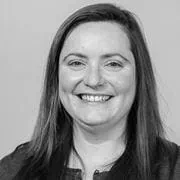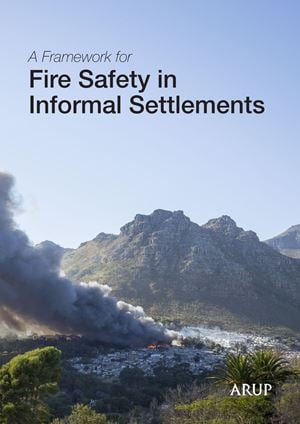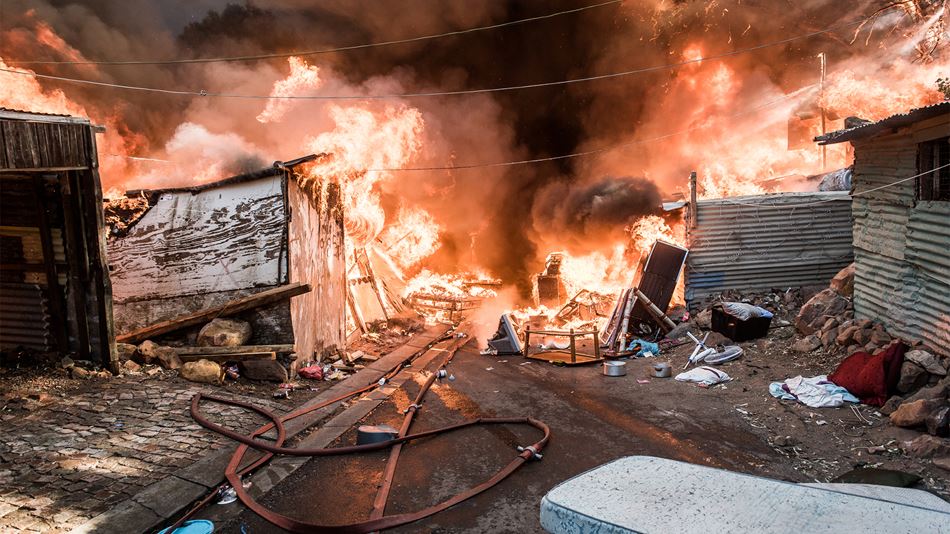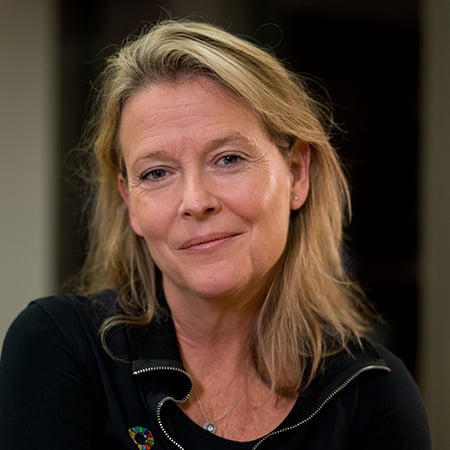 Kate Adlington
Global Press Office,London
Kate Adlington
Global Press Office,London
Arup today announces the release of its Framework for Fire Safety in Informal Settlements, ahead of the UN International Day for Disaster Reduction. Based on three years of in-depth research, the framework proposes a new way to think about fire risk in informal settlements. It aims to help NGOs, aid organisations and governments consider fire safety holistically and provides recommendations to help communities build their resilience.
Over one billion people today live in slums, refugee camps and internally displaced persons camps in which fires pose a major threat. Fire causes 130,000 deaths globally per year, almost half of which occur in the low/low-middle SDI countries, which are home to many informal settlements. In light of this, Arup’s Fire Engineering and International Development team spent the last three years visiting informal settlements, conducting interviews with community leaders, fire and rescue services, NGOs, academic institutions and social businesses, and reviewing technical and academic literature to gain a deep understanding of the nature and scale of fires in informal settlements.


